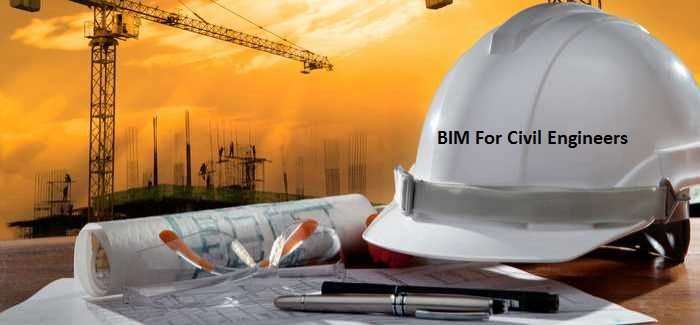How useful is BIM for Civil Engineers?
Even though BIM is widely used as a standard in architecture and construction, the civil engineers are still not completely aware of its use in their work. Those, who regularly work with structural or architectural engineers may use BIM. However, it is still a strange world for the civil engineers who spend their days designing roads and highways.
What is BIM?
More than a product or proprietary software program, BIM is an integrated process that is built on reliable and coordinated information about a project including design, construction and operations. Therefore, BIM can be applied to every building process like roads and highway. Even though BIM has its roots in architecture, civil engineers can also experience its benefits in the same way architects enjoy its advantages. Engineers can easily predict the performance of a construction project before they are built, react to design changes quickly, optimize designs with analysis, simulation and visualization and finally deliver high-quality construction documentation using BIM.
Benefits of BIM for Civil Engineers
Better designs and increased efficiency and productivity are the immediate benefits of BIM for civil engineers. BIM can help significantly reduce the time required for evaluating more alternatives, executing changes and producing construction documentation. This is because design and construction documentation are dynamically linked in BIM. As a result, you can complete the projects sooner within more predictable timetables. Besides productivity and efficiency, BIM also facilitates roadway optimization by including simulation, visualization and analysis as a part of the design process. Here are giving two examples of the many criteria, which can be considered to achieve an optimal roadway design.
Construct-ability:
Generally civil engineers design for code compliance, not for constructability. But, if the design is interpreted incorrectly in the field due to ambiguous documentation, it will result in delayed schedules, change orders and RFIs after construction starts. If you consider a typical new highway construction project with interchanges and bridges that have a budget of $100 million. Nearly 7 to 8 percent of it will be spent on design development. If you reduce the design spend by 35 percent using a more productivity process, you can save $ 2.6 million. But, if you reduce the construction portion by 15 percent with construct-ability during the design process, you can save nearly $14 million.
Road safety:
Generally, sight distance analysis is based on mathematical equations applied to vertical curvature in the road profile. But, we may fail to take into account the factors like visual obstructions and horizontal layout using this method. So, civil engineers integrate interactive visualization and sight distance simulation into the design process, as it helps them identify whether the road geometry meets critical safety parameters related to sight distance like curvature, grades and visual obstructions like barriers, foliage and berms.
In short, BIM helps extend the use of the information model from design, analysis and simulation into construction and finally operations.
